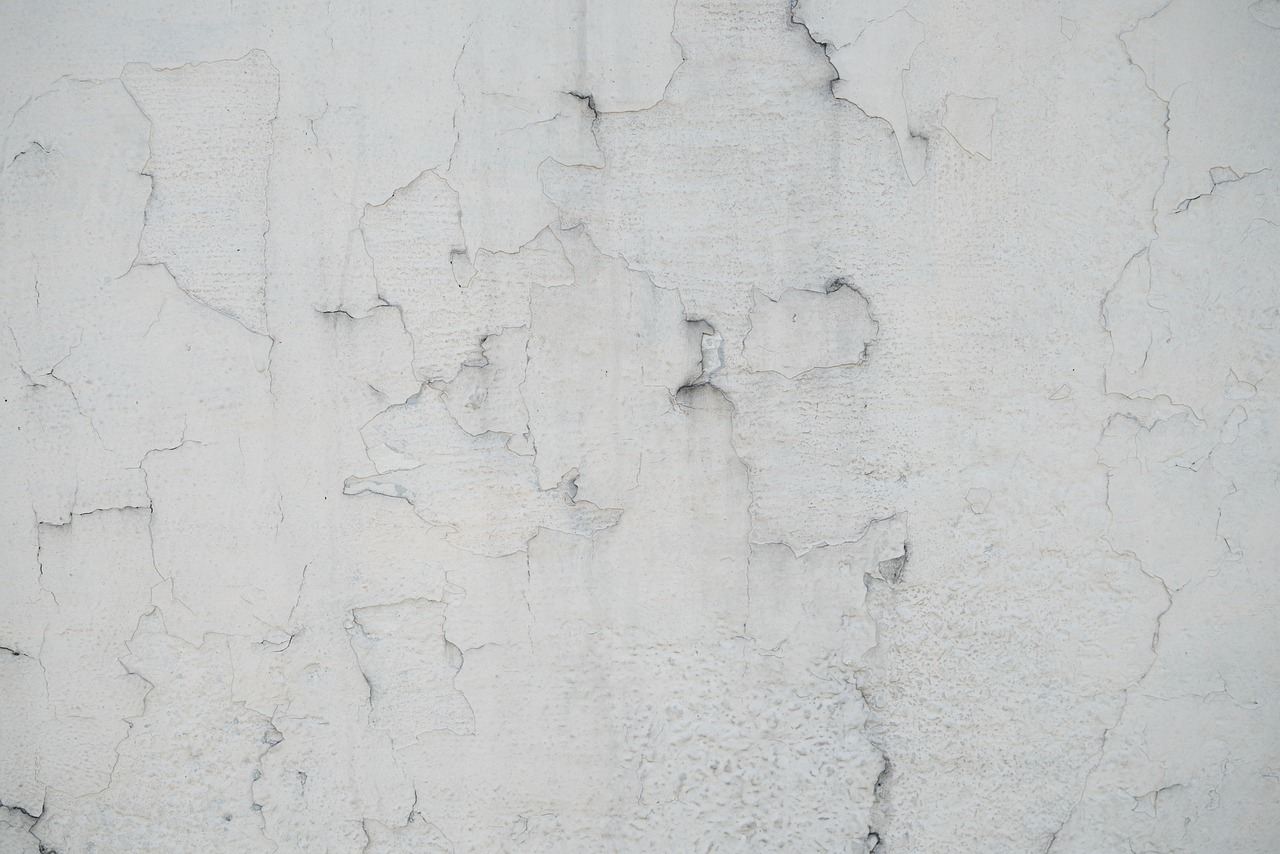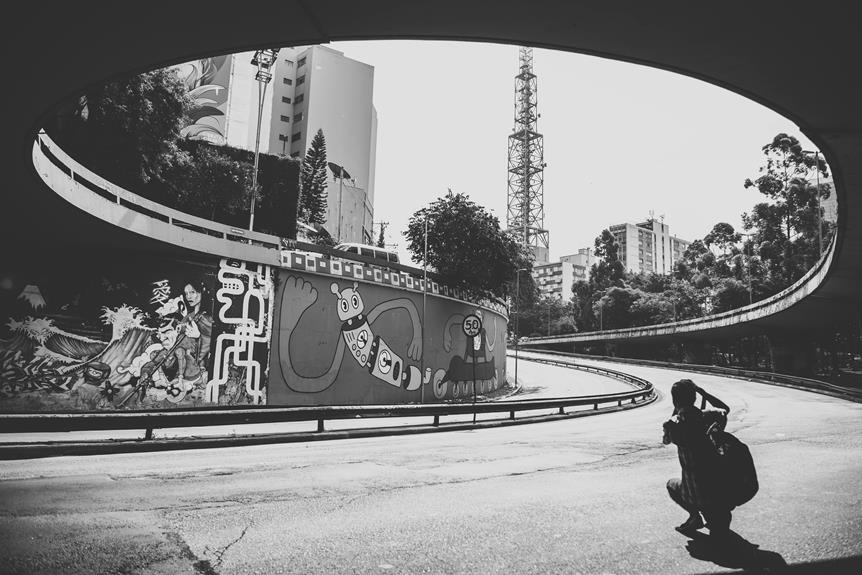Dot Art

Dot art uses strategic dot placement to create various forms of visual art. Pointillism, developed by Georges Seurat, uses small dots of pure colour that blend optically to form vibrant images.
Stippling achieves shading and texture through varying dot density and size. Aboriginal dot art from Indigenous Australian cultures tells stories and conveys spiritual beliefs with symbolic dots.
Ben Day dots, popularized by Roy Lichtenstein, feature uniform dots for bold Pop Art images. In tattoos, dot art forms intricate designs, enhancing detail and meaning.
Each form has unique techniques that enrich the visual and symbolic impact, offering much more to discover.
Key Points
- Dot art encompasses techniques like Pointillism and Stippling to create images using strategic dot placement.
- Aboriginal Dot Art reflects Indigenous Australian cultural stories, symbols, and spiritual beliefs through intricate dot patterns and colors.
- Ben Day Dots, used in Pop Art, employ uniform dots to achieve striking visuals and color variations, popularized by artist Roy Lichtenstein.
- Dot Art tattoos use ink dots for detailed and shaded designs, offering versatility in conveying personal symbolism and aesthetics.
- Pointillism, developed by Georges Seurat, uses small dots of pure colour to form vibrant, cohesive images through optical colour mixing.
Pointillism Techniques
Mastering Pointillism techniques involves understanding how small dots of pure colour can be meticulously arranged to form cohesive and vibrant images. The essence of this technique lies in colour mixing and creating an optical illusion.
By placing dots of different colours close together, your eyes blend them, resulting in secondary hues and enhanced vibrancy.
This method, developed by Georges Seurat, exploits the science of colour perception to its fullest. Each dot contributes to a larger, unified picture, creating intricate details and depth without traditional blending.
The optical illusion created by Pointillism allows for a dynamic interplay of light and colour, making the images appear more vivid and luminous. This meticulous technique demands precision but offers unparalleled results.
Stippling Methods
Just as Pointillism relies on the strategic placement of dots to create vibrant images, stippling employs a similar technique to achieve intricate shading, textures, and depth.
By varying the density and size of the dots, you can master shading with dots without relying on traditional cross-hatching variations.
Stippling on different surfaces, such as paper, canvas, or even metal, allows for diverse textural outcomes and artistic expression.
Monochrome stippling techniques are particularly effective for creating striking black-and-white artwork.
To explore this method further, you might want to search for visual examples online. This hands-on approach will help you understand how different dot patterns can transform a simple surface into a complex, visually engaging piece.
Aboriginal Dot Art
Aboriginal Dot Art, a vibrant and intricate art form, originates from Indigenous Australian cultures and serves as an essential medium for storytelling and cultural expression.
Through meticulous patterns of dots, this art form conveys Indigenous storytelling, capturing landscapes, ancestral tales, and spiritual beliefs.
Each dot is a symbolic representation, and the arrangement is imbued with spiritual significance, reflecting deep connections to the land and ancestors.
The colours in Aboriginal Dot Art aren’t merely aesthetic; they hold specific meanings, representing various elements or emotions.
This visual language is vital for cultural preservation, as it communicates and safeguards Indigenous heritage and traditions.
By engaging with Aboriginal Dot Art, you appreciate a rich tapestry of history, spirituality, and cultural identity conveyed through symbolic, dot-based artistry.
Ben Day Dots
While Aboriginal Dot Art conveys deep cultural narratives through intricate patterns, Ben Day Dots, popularized by Roy Lichtenstein, utilize uniform dots to create visually striking images in Pop Art.
Originating from old newspaper printing techniques, these dots are arranged in single-coloured swaths.
By overlapping Ben Day Dots, artists achieve different colours and tones, lending depth and texture to their work.
Digital recreations of this style often draw heavily on Lichtenstein’s influence, employing precise colour theory and shading techniques.
Here’s a quick breakdown:
| Aspect | Details |
|---|---|
| Origin | Old newspaper cartoon printing |
| Popularized by | Roy Lichtenstein |
| Techniques | Overlapping dots for color and shading |
| Modern Usage | Digital recreations influenced by Lichtenstein |
Understanding these fundamentals can help you appreciate the ingenious simplicity and complexity of Ben Day Dots.
Dot Art in Tattoos
Dot art in tattoos meticulously employs individual ink dots to craft intricate, visually alluring designs on the skin. Each dot contributes to the overall image, allowing for precise detailing and shading.
This method results in a textured, dynamic appearance that’s both unique and enchanting.
The dot art tattoo process is highly versatile, accommodating simple patterns and complex, elaborate designs.
This precision offers a broad canvas for dot art symbolism, enabling you to convey personal stories or meaningful themes through intricate dot patterns.
As a result, dot art tattoos have gained popularity not only for their aesthetic appeal but also for their ability to represent profound, individualized messages, making each piece a distinct work of art.
Frequently Asked Questions
What Is the Dot Art Called?
You’ll find that the dot art technique is primarily called pointillism. Additionally, there’s Aboriginal dot painting, which is rich in cultural symbolism. Both forms use dots creatively to build intricate, meaningful images.
What Famous Art Was Made With Dots?
You’re likely thinking of Pointillism masterpieces like Seurat’s ‘A Sunday Afternoon on the Island of La Grande Jatte’ or Aboriginal dot paintings, known for their intricate patterns and symbolic meanings, both created using small, deliberate dots.
What Is a Dot Art?
Dot painting involves creating images with small dots, often using Pointillism techniques. You’ll notice intricate patterns and detailed designs that form visually striking compositions. This method can be applied in painting, drawing, tattooing, and digital art.
Who Is the Artist Known for Dots?
You should recognize both Yayoi Kusama and Georges Seurat when discussing artists known for dots. Seurat pioneered pointillism, while Kusama’s polka dots embody her unique vision. Each artist’s innovative approach profoundly impacted the art world.
Conclusion
You’ve explored various dot art techniques, from the meticulous Pointillism and Stippling methods to the rich cultural heritage of Aboriginal Dot Art.
You’ve also investigated the commercial impact of Ben Day Dots and the personal expression found in dot art tattoos.
Each style offers unique insights into how simple dots can create complex and meaningful imagery.
Understanding these techniques provides a deeper appreciation for the versatility and creative potential of dot art.
Author: Diana Anderson

